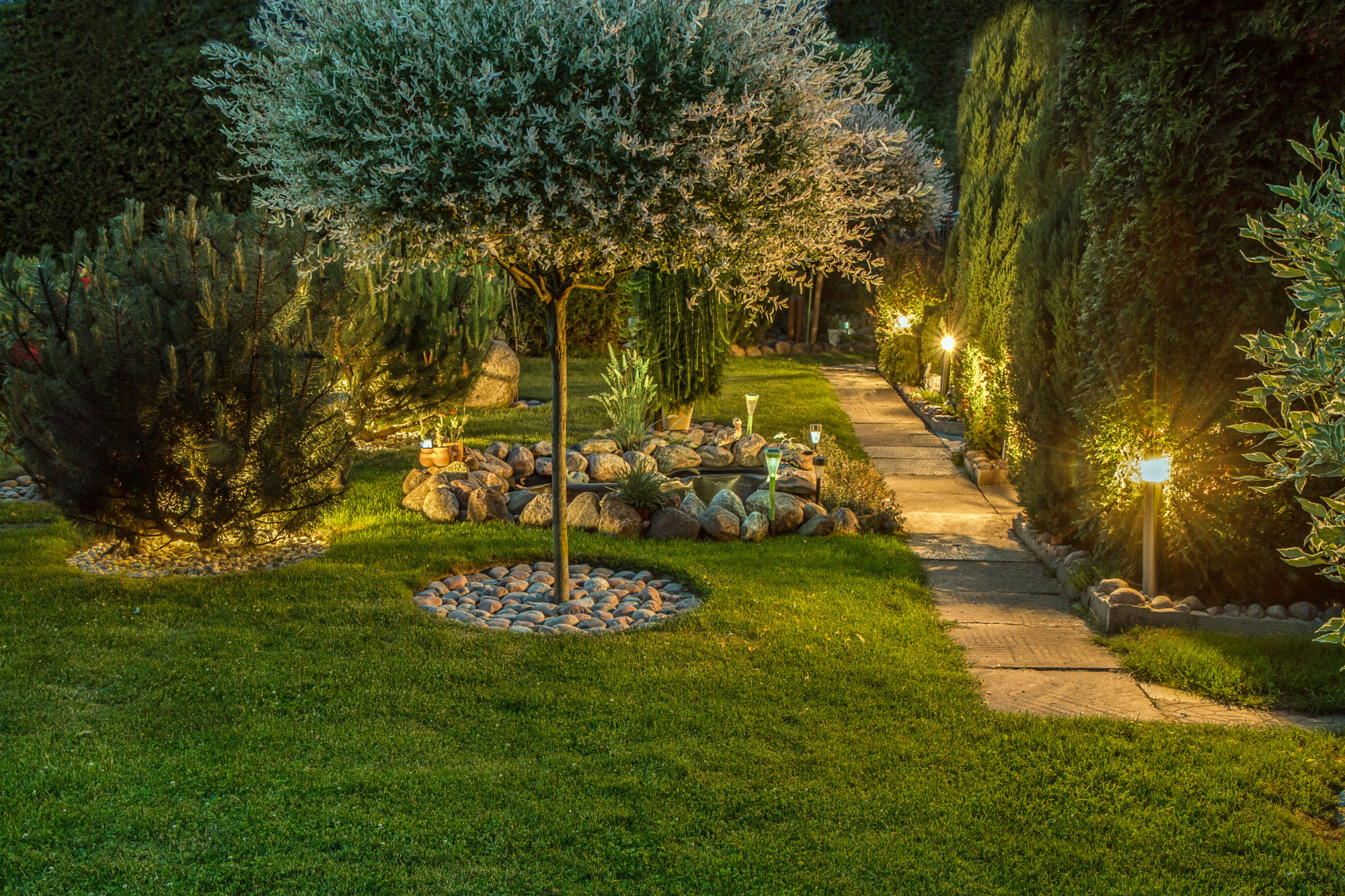Would you like your yard to look better and more aesthetic, but you’re not sure where to start?
Do you want to make home improvements but are unsure about where to look for helpful landscaping tips?
You might be surprised to see how much your yard can improve by following a few simple tips. By consulting a landscaping company, you’ll get a variety of ideas, including patio, builds, and adding different elements to the yard.
For more ideas and landscaping tips, keep reading.
1. Mulching & Weed Control
Mulching is one of the most important and commonly used landscape design techniques to promote healthy plant growth and proper weed control. When mulching, keep around a 2-inch layer to enable air and moisture to pass through to the soil. When it comes to weed control, manual removal is usually the most effective solution for gardens and landscapes.
Pulling weeds and controlling the spread of weeds is important for creating healthy and attractive landscapes. Don’t forget, re-sodding a yard is a great way to begin and allows you to take advantage of the many benefits of new grass
2. Measuring And Sketching A Layout Of The Site
Begin by plotting measurements for any existing structures, such as houses, patios, steps, or garden walls. Note the exact location and size of each structure, as well as the direction of the sun and the direction of views. Keep in mind that the total linear length of all tree and shrub foundations should be no less than 1/3 the total length of the planting bed.
Take into account the impact of any slopes, slopes, and curves on the design ideas before starting the project.
3. Choose The Soil Type
Loam soils are the best choice for most areas since they are rich in nutrients and allow water to move through easily. Sandy soils may need additions of compost or mulch to increase water retention, and clay soils need organic matter to help aerate and improve soil structure. Maintaining proper soil pH by adding amendments as needed can be beneficial as well.
Applying organic fertilizers and methods such as cover cropping can be very helpful in keeping soil healthy.
4. Researching Plants
Visit your local garden center and talk to horticulture experts about the best plants for your yard. Check out gardening books from the library, websites, and forums for more information.
When it comes to plant selection, look for growth rate, sun exposure, soil moisture, and soil pH requirements. Get advice from other experienced gardeners and choose a few plants to try in your garden.
Keeping good records during the trial period will help you to choose the most suitable plants for your lawn care.
5. Understanding The Climate
Knowing the average temperature, rainfall, and other factors of the area will help with determining what plants, trees, flowers, and other materials are appropriate for the space. Make sure that the landscaping will be able to adjust during the spring, summer, winter, and fall. Irrigate the plants appropriately based on the climate and season.
Follow These Landscaping Tips
Landscaping can be a great way to get creative, save money, and add value to your home. No matter how much experience you have, there are plenty of helpful landscaping tips to get you started. With some practice and dedication, you can create a beautiful and contemplative space!
Bookmark our site now and come back for more insights and valuable information!
Read more articles for ibomma

